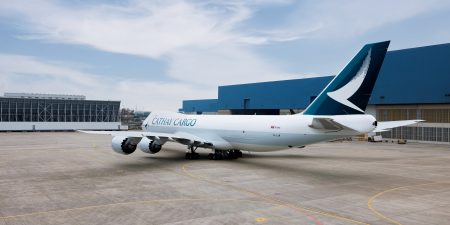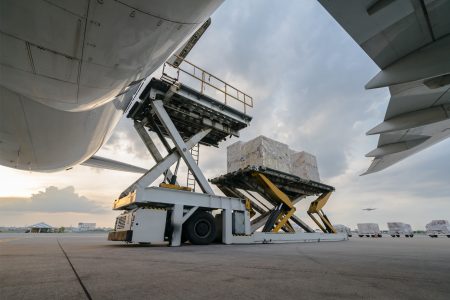Both IATA and TMR are particularly upbeat on e-commerce (which TMR expects to double by 2025) and specialised air cargo segments. The latter will be led by pharmaceuticals, but products such as perishables and valuables are also set for strong growth.
To capture this traffic, airports and their cargo communities need to invest in infrastructure and their capabilities, as Hong Kong International Airport (HKIA) has done with the drive for CEIV accreditation last year. The realisation is growing that the facilities of yesteryear are not well suited to handle the dynamics associated with high velocity, small volume traffic such as vaccines or e-commerce. HKIA’s plan for a premium e-commerce facility in Kwo Lo Wan marks an important step to counter efforts at other airports in the region to position themselves as e-commerce hubs.
Connectivity remains a critical factor. Hong Kong’s growth in December was largely driven by an eight per cent increase in exports and transhipments. Inbound traffic and transit activity look set to rise as the explosive growth of e-commerce reverses flow balances in the Asia-Pacific region. Statistics from WorldACD show an average increase of nearly 40 per cent in flows from Europe to the region between 2010 and 2016, while westbound traffic was largely flat. This has led to higher volumes going east than in the opposite direction in major traffic lanes. That trend has been most pronounced in flows to the Chinese mainland, Korea and Japan. Yet, between the Pearl River Delta and Europe, westbound volumes continue to dominate.


